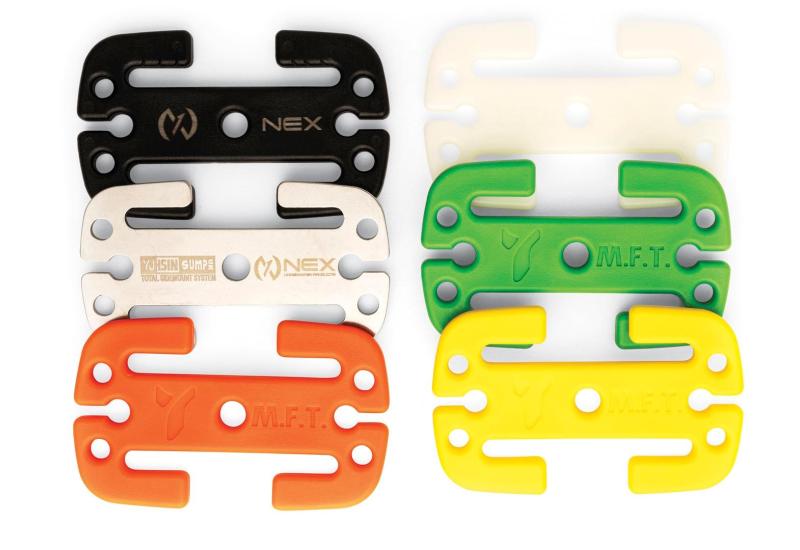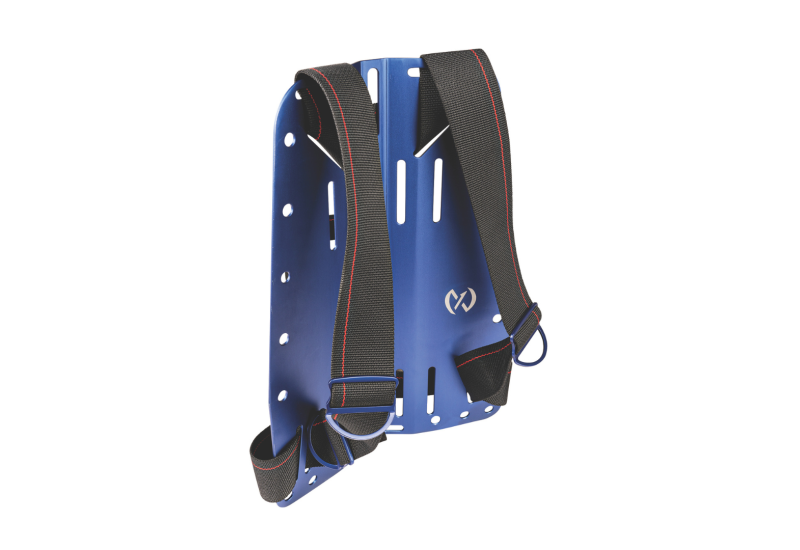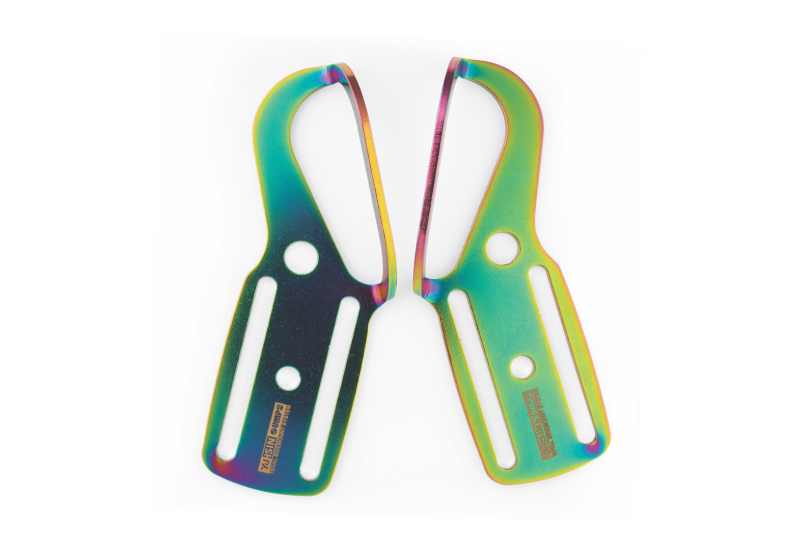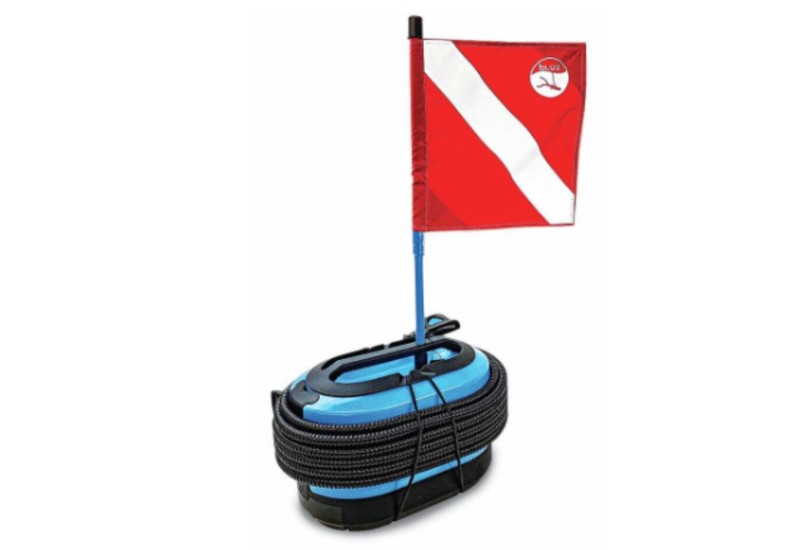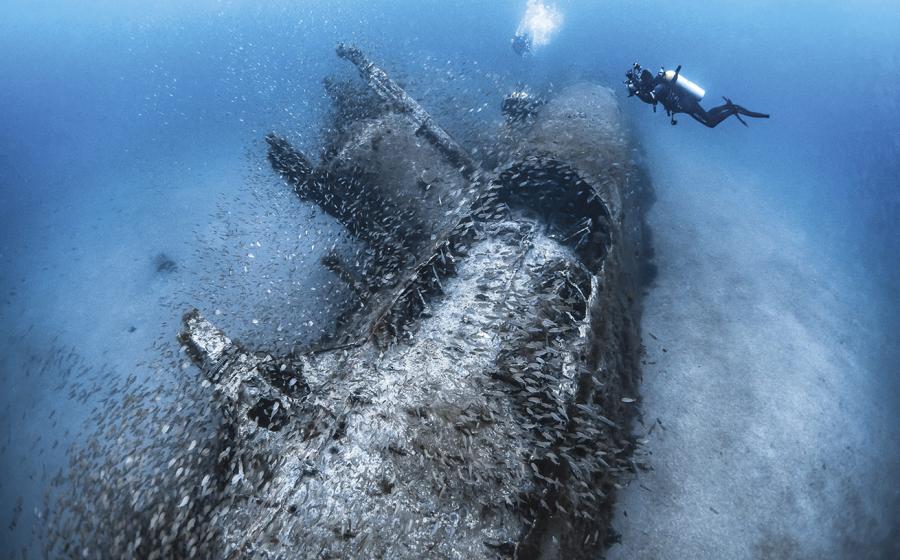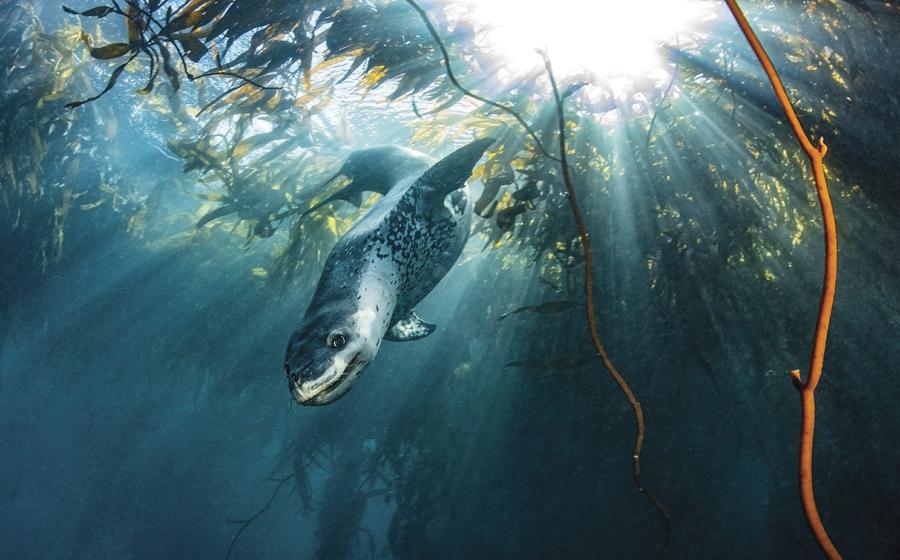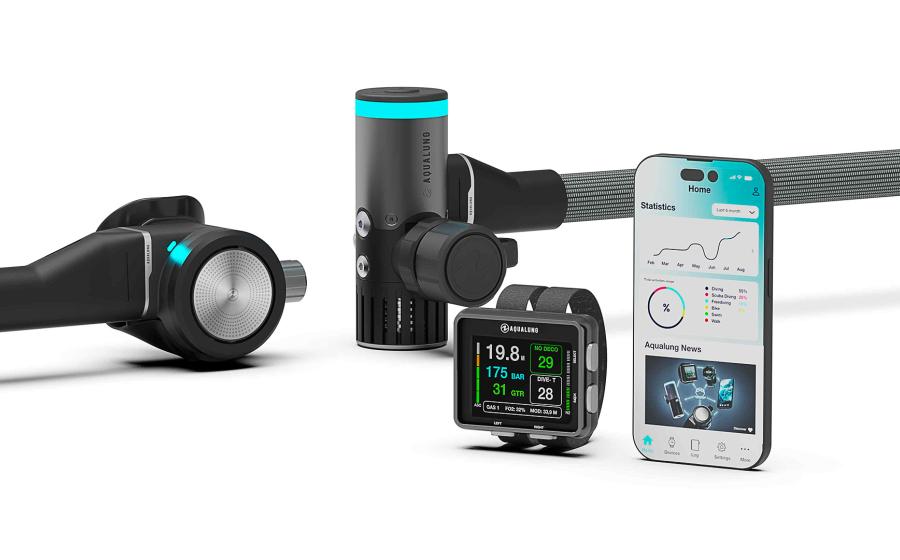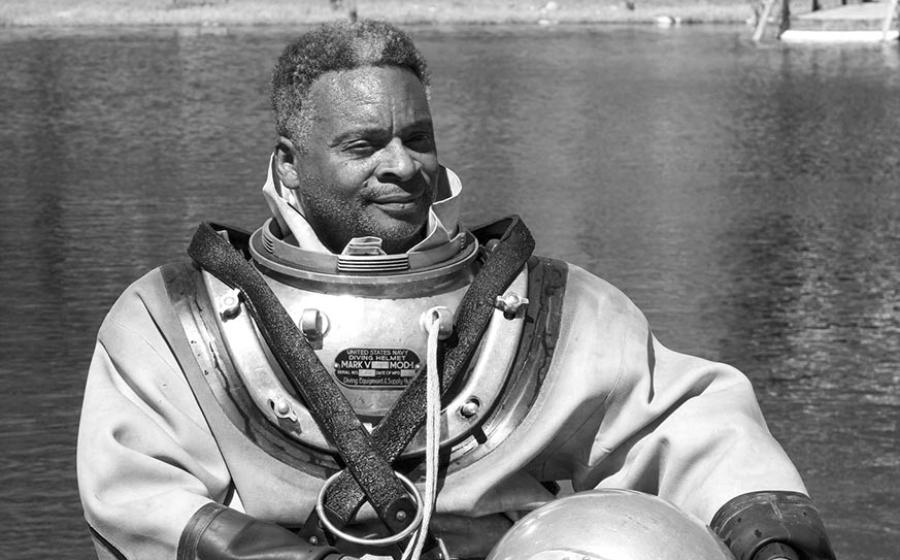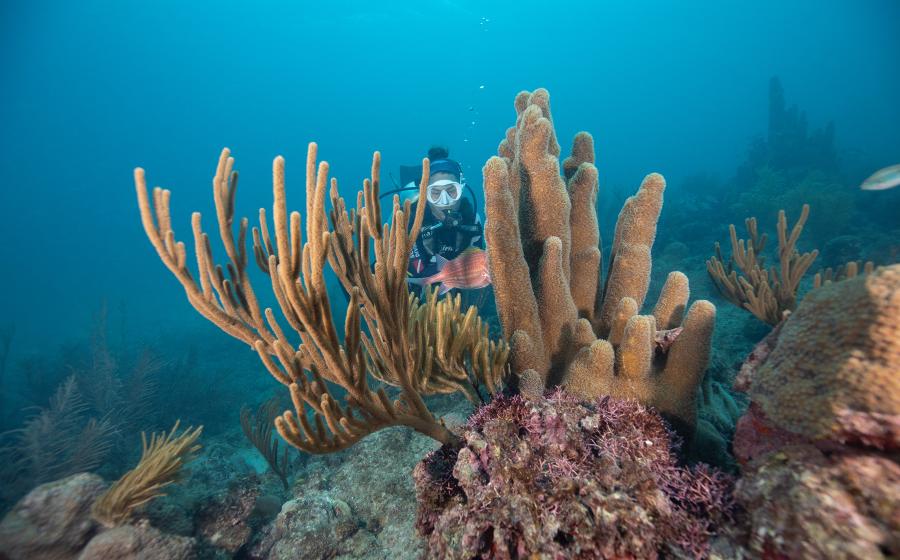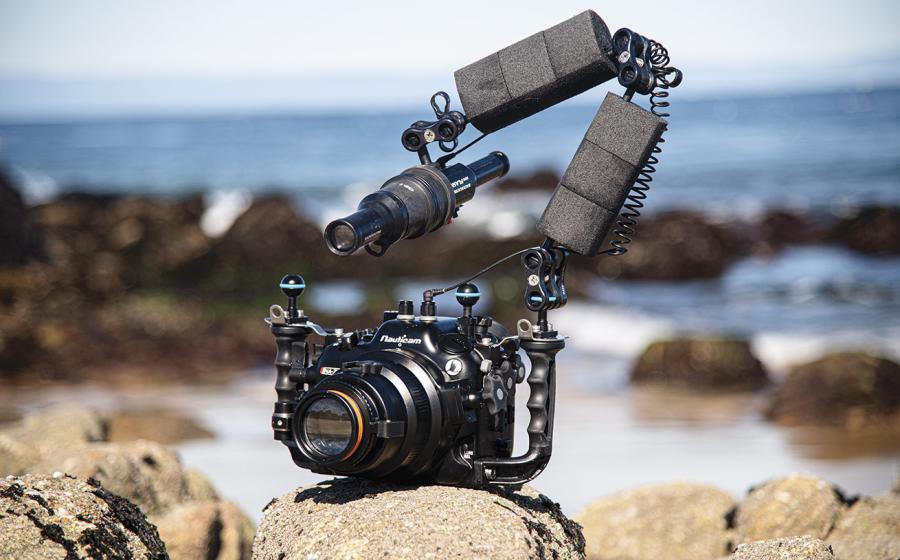Tips for Scuba Diving in Kelp
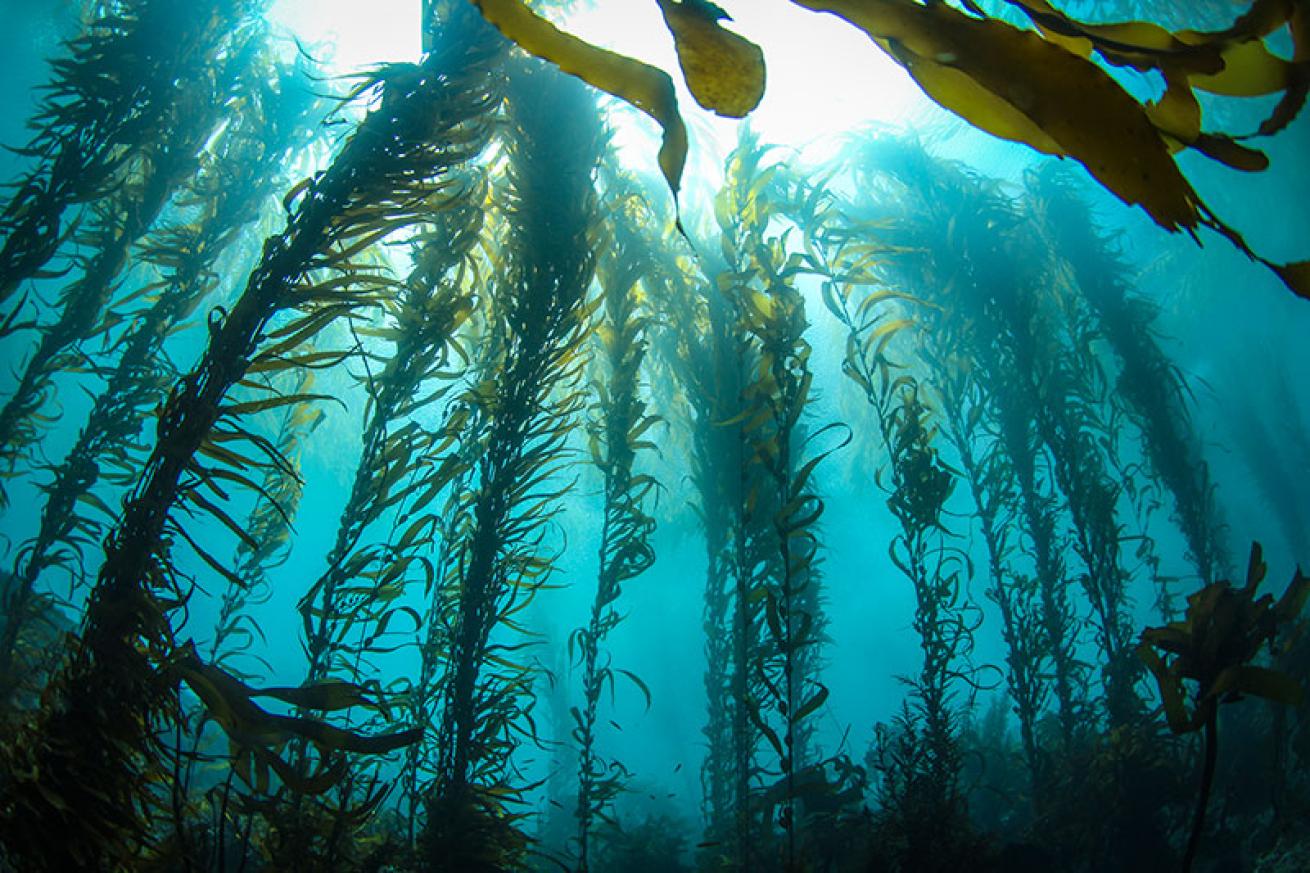
iStockMuch like their sun-dependent terrestrial cousins, kelp plants need sunlight to grow.
California divers know what we’re talking about when we say kelp forests are among the most beautiful underwater habitats on the planet. At sites off Anacapa, Monterey, Point Lobos and Big Sur, divers delight in exploring among the kelp forests. They can also be found off Alaska, Tasmania, New Zealand, South Africa and Australia.
The Beauty of a Kelp Forest
An aquatic plant with “root” structures at its base — called holdfasts — and a main stem that grows upward toward sunlight at the surface, kelp forms a canopy much like a tree. A healthy kelp forest is a specialized habitat for hundreds of creatures. As you swim among the fronds, you’ll find colorful garibaldi, sheephead, greenling, bass and rockfish. On a dive trip to Catalina, we encountered a sea lion — as we slowly finned through a beautiful section of the kelp canopy, this little fellow had no problems zipping past us. Giant kelpfish nearly match the shape and color of a kelp blade, and will sway in the current while waiting for prey. Look for Norris's topsnails on the kelp fronds, which is where they graze for food. There's a treasure chest of animals at the base of the forest, like crabs.
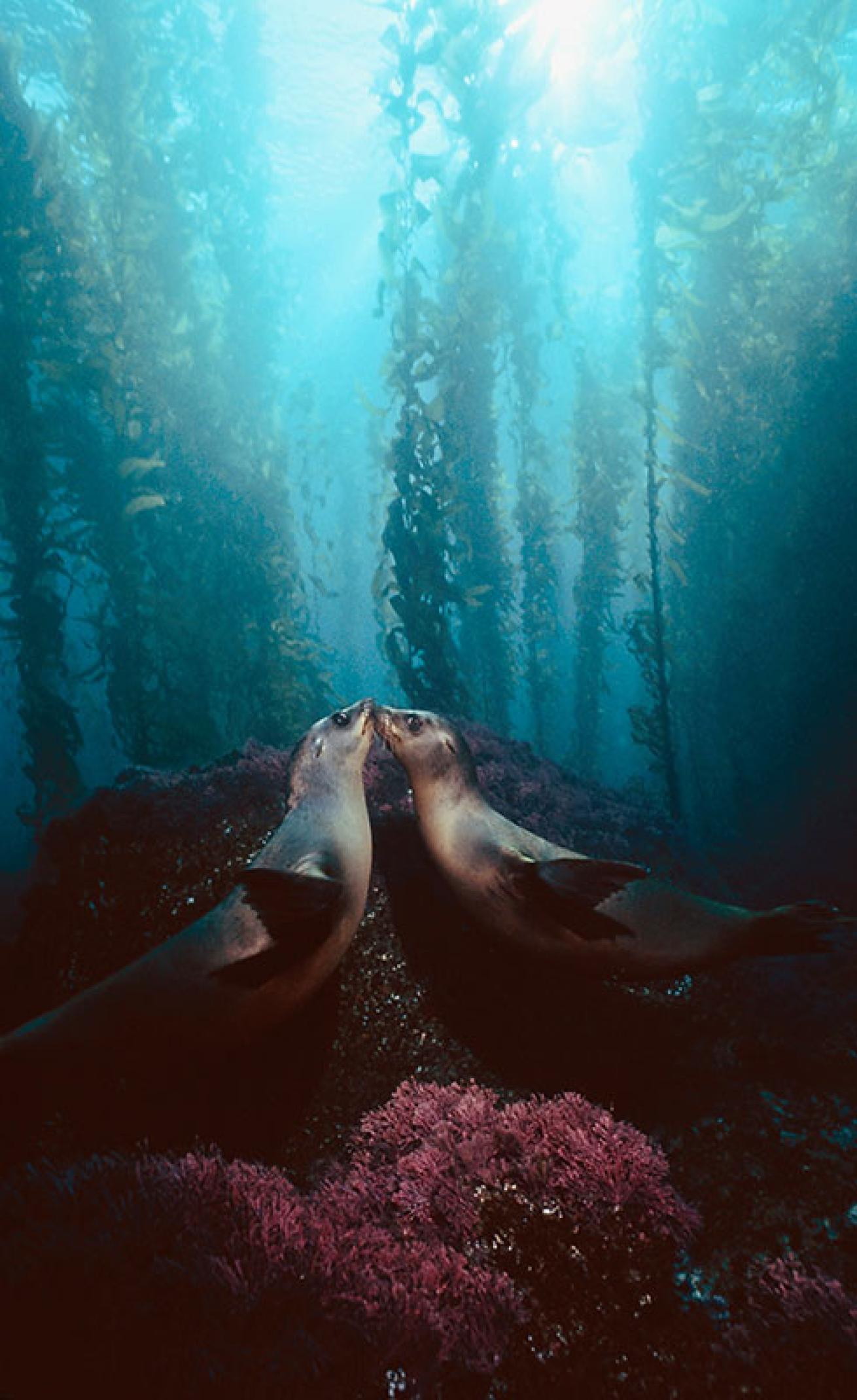
iStockSea lions are among the most curious and playful pinnipeds in the ocean.
Tips for Finning through a Kelp Forest
1) Make sure you’re not giant-striding into the kelp canopy. Step off the boat into open water.
2) Look down as you descend and descend vertically, in case you end up among the fronds — you’ll have less chance of getting entangled if you stay vertical. Once you’re below the canopy, look for a natural channel or opening that’s big enough to enter.
3) Maintain your depth. Make sure you’re neutrally buoyant.
4) Place your hands forward and make yourself streamlined. lYou can use your hands to sweep the kelp aside and behind you — the way you would if you were hiking through the forest and encountered a tangle of thin branches.
5) If you’re with your buddy or in a group, swim single-file. And don't forget to check on your buddies once in a while.
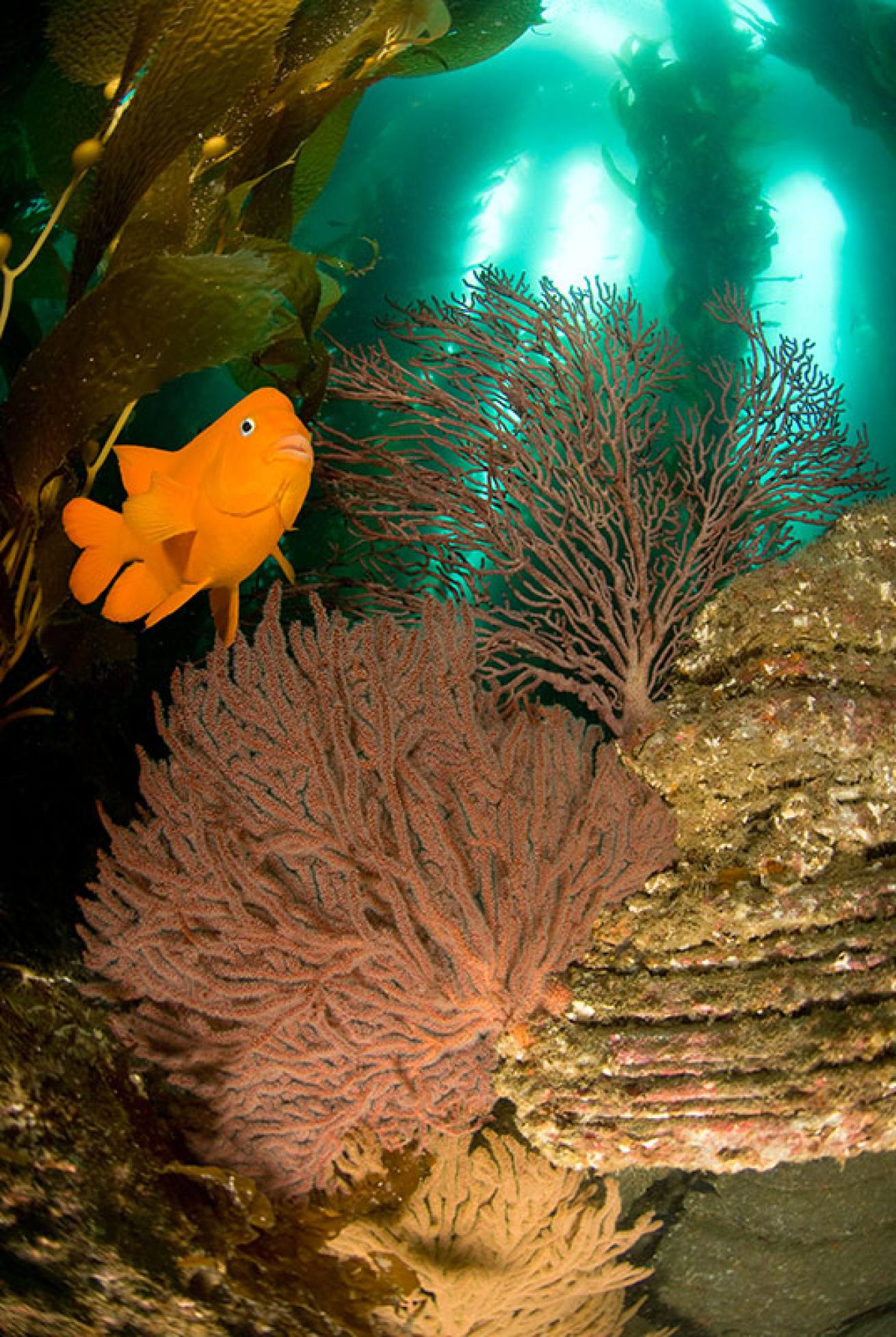
iStockThe bright-orange garibaldi (Hypsypops rubicundus) is a species in the damselfish family.
What to Do if You Get Entangled by Kelp
It happens — you’ve followed all the tips above, but you find yourself — or more likely, your first stage, tank or fins — snagged. The first step is to freeze. If you turn to look behind you, you’ll end up more entangled — “like turning a fork in spaghetti," says dive instructor Bill Kendig.
Here’s how to get out of a kelp jam:
1) Reach behind your head to check your first stage. If you feel kelp, try to lift it up and away.
2) If it’s your fin that’s snagged, slowly and calmly pull that knee to your chest, reach for the strand of kelp and release it.
3) If it’s your tank and you can’t reach the snagged part, you may be able to snap it off. As a last resort, you can use a dive life or cutting shears, remove your kit and clear the kelp, or signal your buddy to help disentangle you.
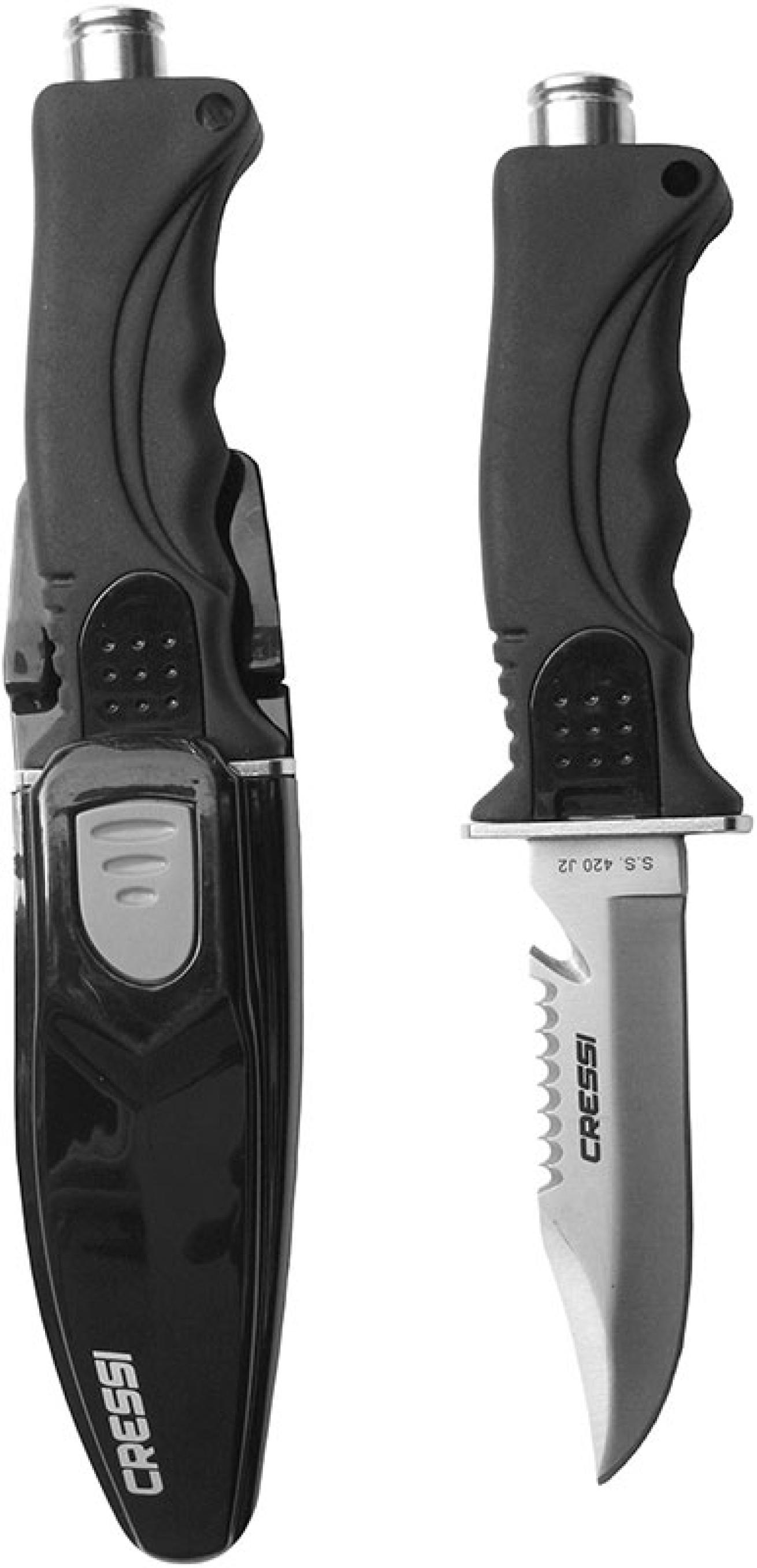
Courtesy CressiWhen gearing up for kelp diving, look for a serrated edge on your dive knife, like the Cressi Skorpion's.
Gear Up for Kelp
Streamline, streamline, streamline. Make sure all your gear is properly clipped off and not dangling. Strap your knife to the inside, not the outside, of your calf. This is a time to keep your snorkel in a BC pocket. Leave behind any unnecessary gear.
Look for a knife with a serrated edge (cutting shears also can work well in this environment).
If you’re looking for a rugged, capable knife that does the job and is easy on the wallet, the Skorpion could be perfect for you. More than 9 inches long, with a thick stainless clip-point blade, the Skorpion is tough enough to deal with anything you need to cut, saw, pry or hammer. The Skorpion’s finger-grooved handle is made of grippy rubber and is pierced for a lanyard; the hard plastic sheath has a button release. One side of the stainless steel blade is straight-edged, the other one is serrated; they are both very sharp and effective for emergency kelp cutting. When our ScubaLab test team evaluated the Skorpion it found that it could handle even the toughest ropes and monofilament.
For More: Cressi

